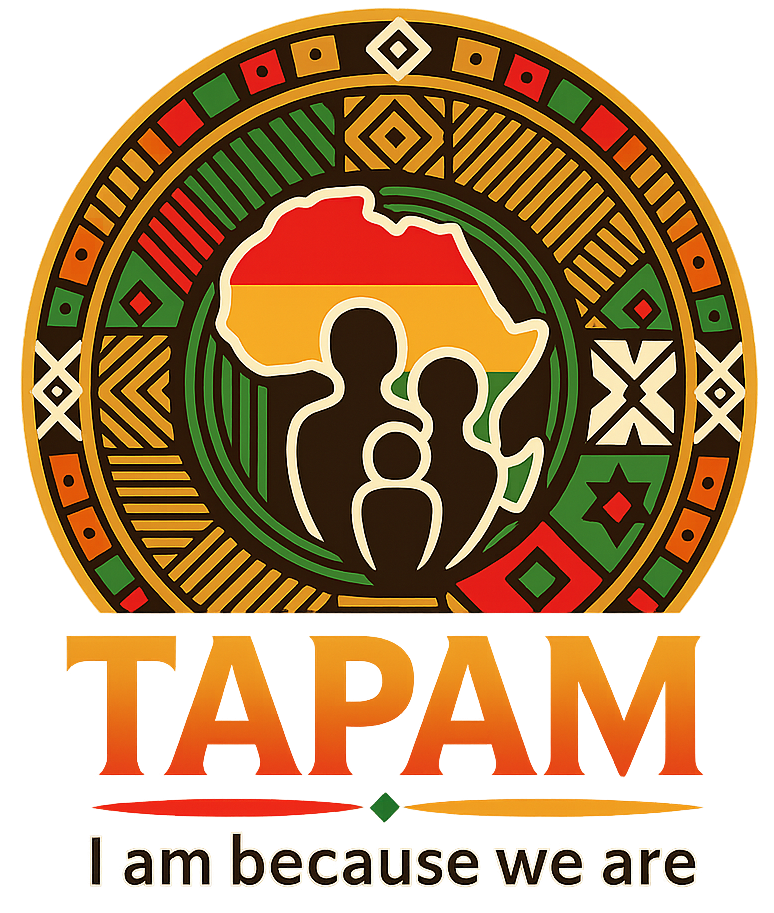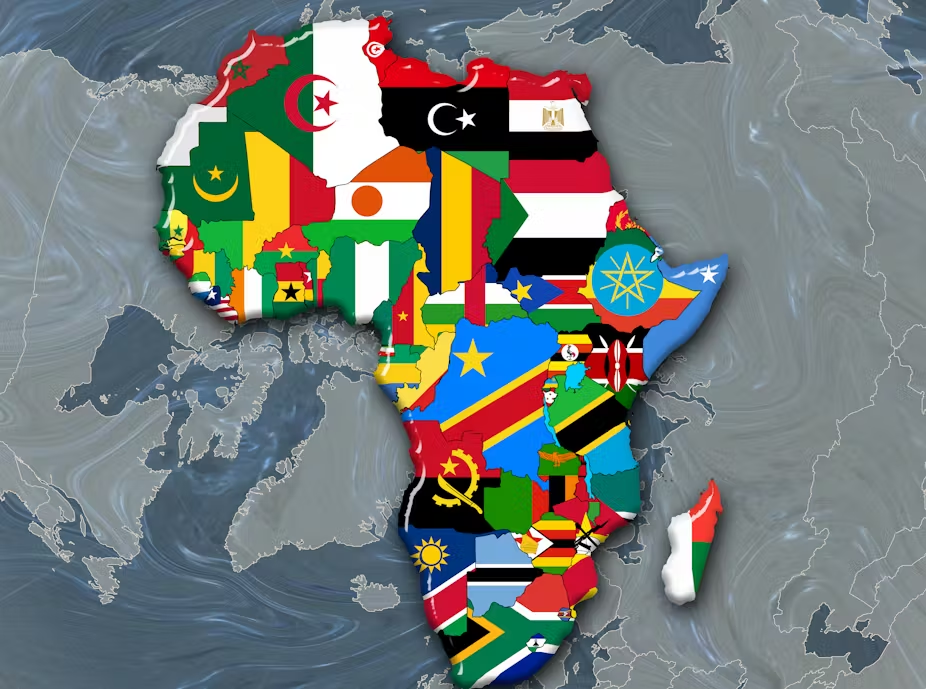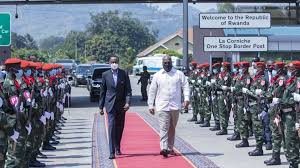When the pan-African drumbeat first echoed across the continent, it heralded a vision of unity, liberation, and self-determination. Nearly a century later, one might ask: does that dream still resonate today?
In many ways, it does. Institutions like the African Union (AU) and Agenda 2063 stand as concrete manifestations of a modern vision for unity and progress—anchored in economic development, political integration, cultural revival, and gender equality. AfCFTA, launched in 2021, is another beacon—symbolizing a bold step toward continental economic integration and reduced reliance on external markets.
Youth and technology have given new life to pan-African ideals. Movements like #EndSARS in Nigeria, FeesMustFall in South Africa, and pro-democracy campaigns across the continent now thrive on digital platforms. Afrobeats, Nollywood narratives, and shared diasporic dialogues further stitch together a robust pan-African consciousness. Educational media like Ubongo—reaching millions of children—are nurturing a pan-African identity in the classroom.
Yet, there’s tension between the past and the present. Many young people regard the label “Pan-African” as relic-like and disconnected from their reality. For pan-Africanism to remain relevant, it must become more inclusive—reflecting diversity, embracing new ideologies, and shedding stale rhetoric.
The AU and regional blocs have institutional tools on their side—like frameworks for governance monitoring, electoral integrity, and peacekeeping. Reparations movements, from the Abuja Proclamation in 1993 to the AU’s 2025 “Year of Reparations,” signal a renewed pursuit of justice and dignity.

Nonetheless, the dream is not unchallenged. Ethnic nationalism, intra-African conflict, poverty, and inadequate infrastructure continue to fracture the collective ideal. While the AU champions Agenda 2063, questions remain about whether there is enough political will to make it more than an aspirational document. The continent also navigates complex foreign alignments—from China to Russia—that test pan-African strategic autonomy.
On the ground, the pan-African flame burns brightest in civic innovation. Networks of lawyers, youth organizations, and human rights defenders are embedding democratic ideals in everyday life. There’s a growing realization that pan-Africanism today is not nostalgia, but renewal through grassroots action, cultural expression, and accountable leadership.
Public opinion, too, is divided. Some insist pan-Africanism has outlived its usefulness, pointing to deep divisions and sovereignty concerns. Others see its spirit alive in youth-driven activism, diasporic solidarity, and the collective pursuit of economic self-determination.
So—is the dream still alive? The answer is yes, though in a transformed form. It lives in policy frameworks like Agenda 2063 and AfCFTA. It pulses through music, film, and online activism. It persists in calls for reparatory justice and democratic accountability. But it also struggles against institutional inertia, localism, and geopolitical pressures.
If pan-Africanism is to remain viable, it must be reimagined—not as a relic of anti-colonial struggle, but as a living platform for justice, economic development, and shared identity. The dream is alive, but only if each generation renews its meaning for their time.
Credits: Yohanna Isaac Emmanuel




